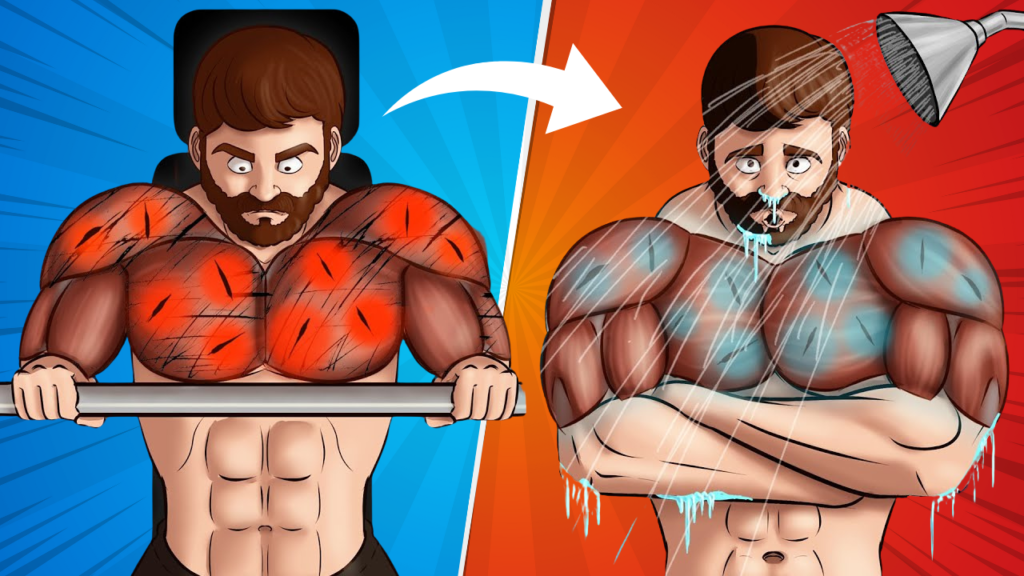Many people don’t know what they should do after workout.
After completing a workout, your body is in a unique state that requires specific attention and care to improve recovery and enhance the benefits of your exercise session.
Whether you are an athlete or a beginner who is starting your fitness journey these 10 things helps you to recover faster and prevent injury.
In this article, we will talk about the 10 important things you can do after a workout to promote physical and mental well-being, optimize recovery, and support long-term fitness goals.
10 Best Things To Do After Workout
Here are the 10 best things to do after workout.
1. Hydration

Hydration after a workout is critical for restoring fluids lost through sweating, maintaining electrolyte balance, and promoting muscle repair.
During exercise, the body loses water and electrolytes, which are required for a variety of physiological functions such as muscle activity and nutrient delivery.
Drinking water or electrolyte-containing fluids after a workout helps to recover these losses and restore hydration levels.
Proper hydration improves the supply of nutrients to muscles, supporting repair and growth.
It also reduces the risk of muscle cramps, tiredness, and overheating, hence improving recovery and overall exercise performance.
2. Take Shower
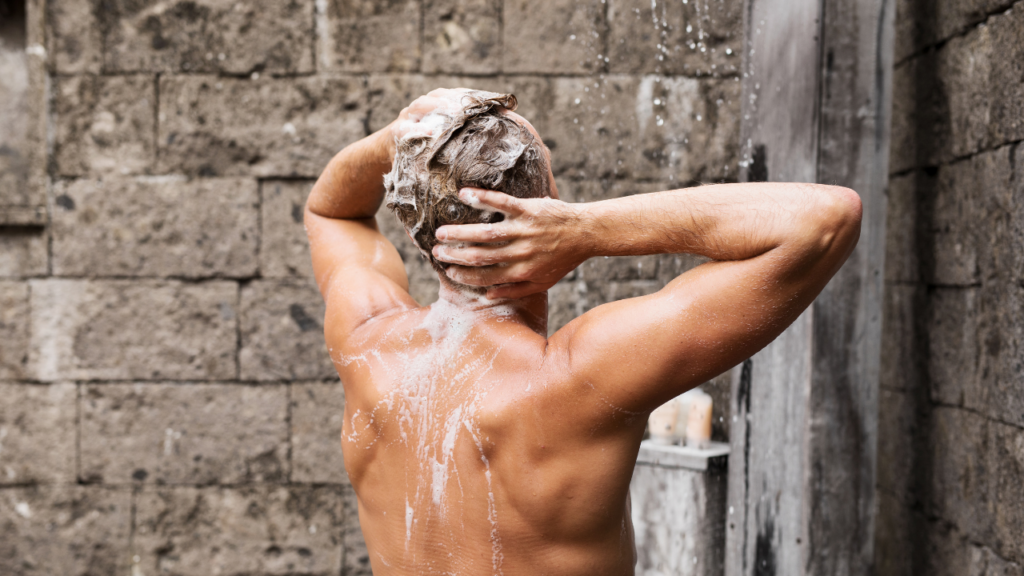
Taking a hot shower after the workout has several benefits for recovery and relaxation. A hot shower increases blood circulation which helps to deliver oxygen and nutrients to tired muscles.
Hot showers can promote sweating which helps to remove all the metabolic wastes from your body during exercise.
The warmth of the water helps to loosen muscles which promotes flexibility.
A hot shower is a fantastic way to release stress after a hard workout since it provides both physical and mental relaxation.
3. Eating Healthy Meal

Eating healthy meals is very important after a workout because it supports muscle repair and muscle growth.
A healthy meal that includes a high amount of protein, a good amount of carbs, fiber and fats helps to increase muscle growth, strengthen muscles, help in muscle recovery and also supports overall nutrient balance.
A nutritious post-workout meal can also help control blood sugar levels, reduce inflammation, and strengthen the immune system, further improving the body’s ability to recover from exercise and adapt to training stimuli.
4. Active Recovery
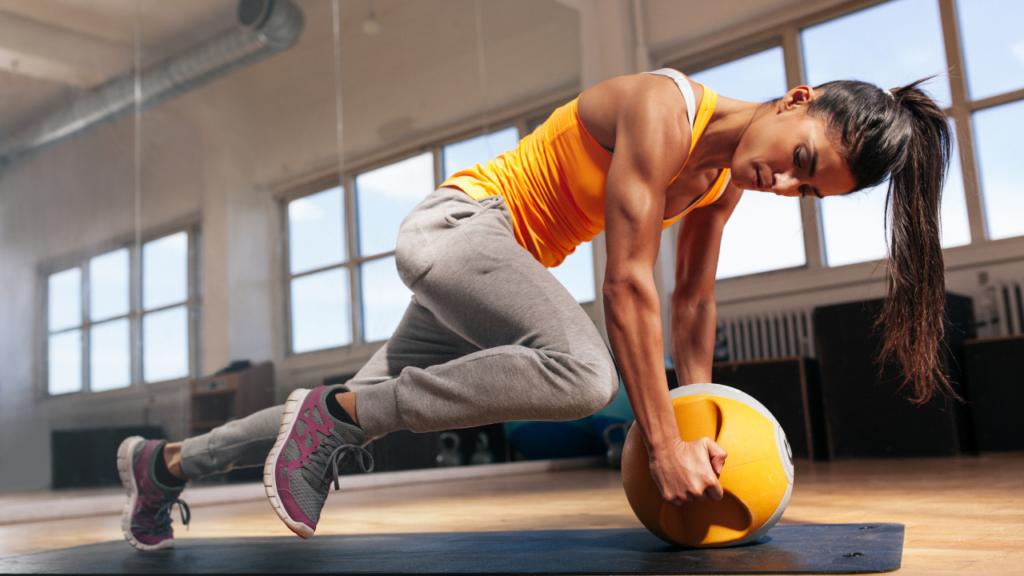
Active recovery is a method of engaging in low-intensity exercise or movement after a workout, and it is essential for improving recovery and overall performance.
It promotes blood flow to muscles, which helps flush out metabolic wastes like lactic acid, lowering muscle soreness and stiffness.
Furthermore, light exercise promotes joint mobility and flexibility, preventing tightness and boosting range of motion.
Active recovery also improves the flow of oxygen and nutrients to tired muscles, supporting repair and rebuilding.
5. Do Stretching
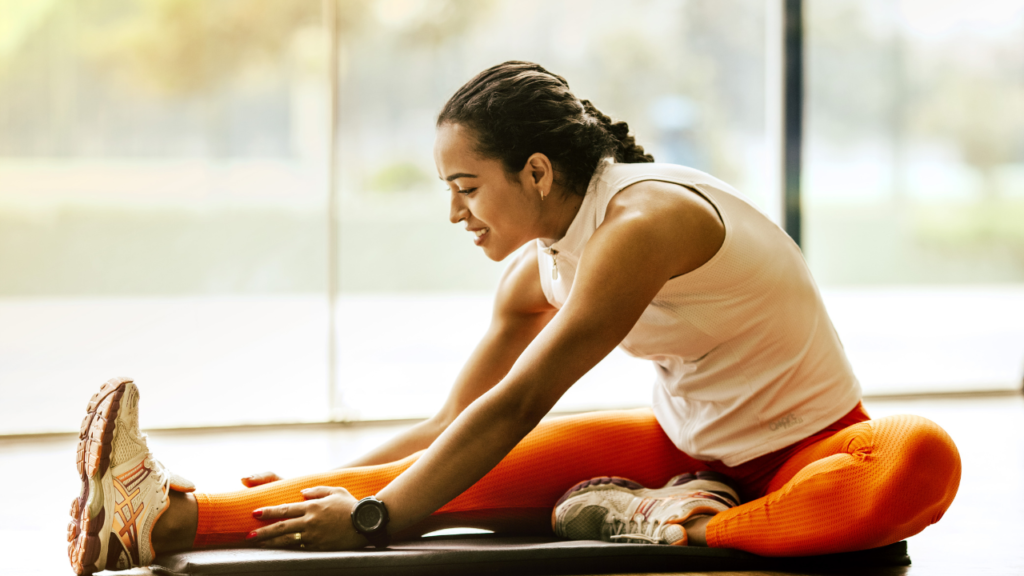
Stretching after an exercise has numerous benefits for physical recovery and flexibility.
First, it reduces muscle tension and weakness by increasing blood flow to the muscles, which aids in the removal of metabolic waste products developed during exercise.
Stretching also helps muscles recover to their optimum length-tension ratios, lowering the risk of imbalances and injury.
It can enhance flexibility and range of motion by extending and elongating muscles, boosting overall sports performance and lowering the risk of strains or sprains.
Stretching after a workout can help with recuperation, increase muscle function, and promote long-term mobility and joint health.
6. Rest
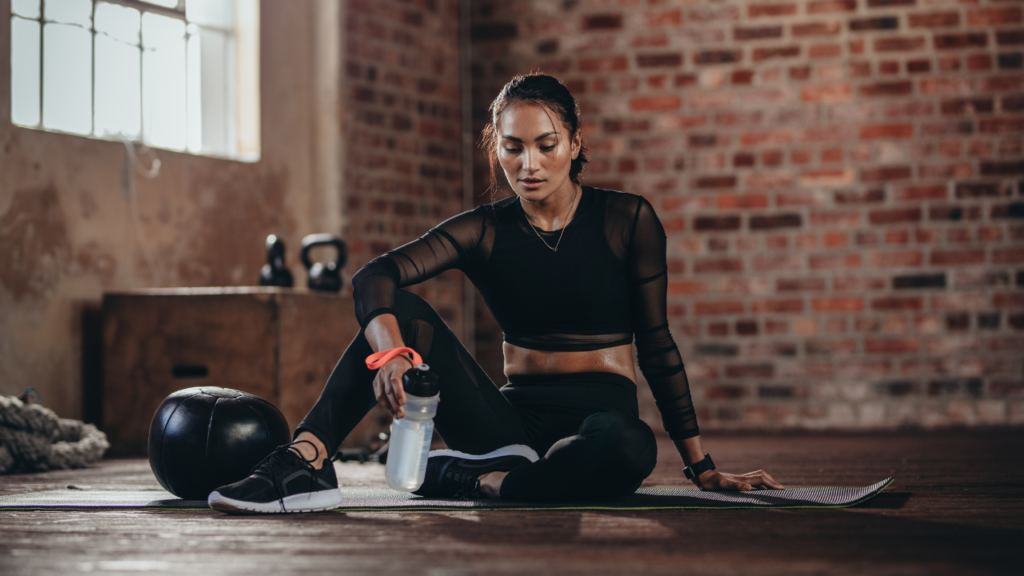
Rest is very important after a workout because it makes your body to recover and adapt to the stresses that happen during exercise.
Doing Physical activity causes microscopic damage to muscle fibers. Taking rest is necessary to repair these fibers and helps to rebuild the muscle fibers stronger than before.
Rest helps to regulate hormone levels mainly testosterone which helps in muscle growth and repair.
Adequate rest helps the immune system work properly, lowering the chance of disease or infection caused by overtraining.
7. Cool Down
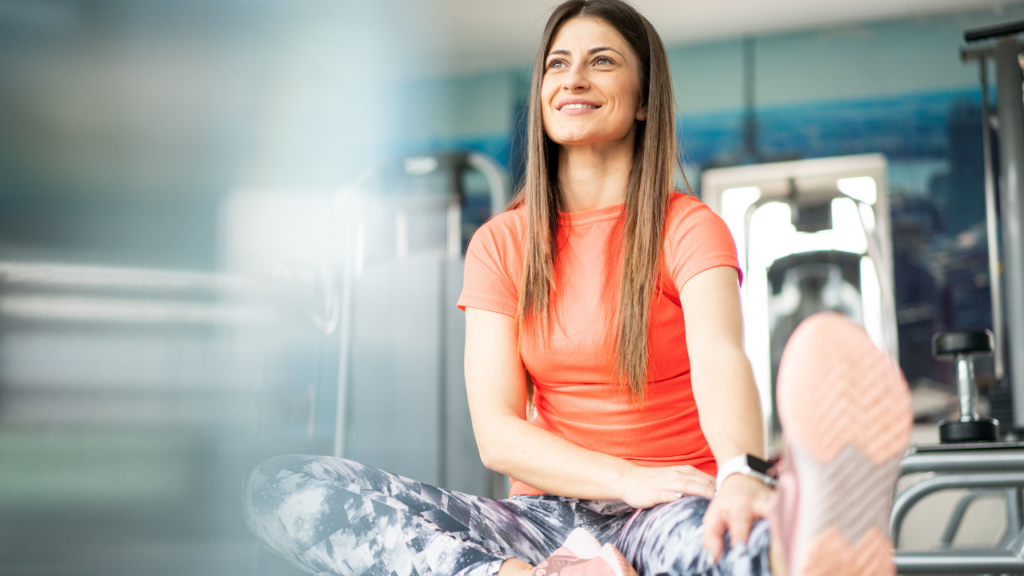
Cooling down after an exercise is essential for recovery and overall health.
During exercise, your heart rate and body temperature increase, and your blood vessels expand to carry oxygen-rich blood to working muscles.
A cool-down phase progressively reduces heart rate and blood flow, allowing these systems to gradually recover to resting levels.
This reduces the risk of dizziness or fainting and makes it easier to remove metabolic waste products from the muscles, such as lactic acid.
Furthermore, cooling down can assist relieve muscle pain and stiffness by increasing circulation and lowering the likelihood of post-exercise cramping.
8. Foam Roll
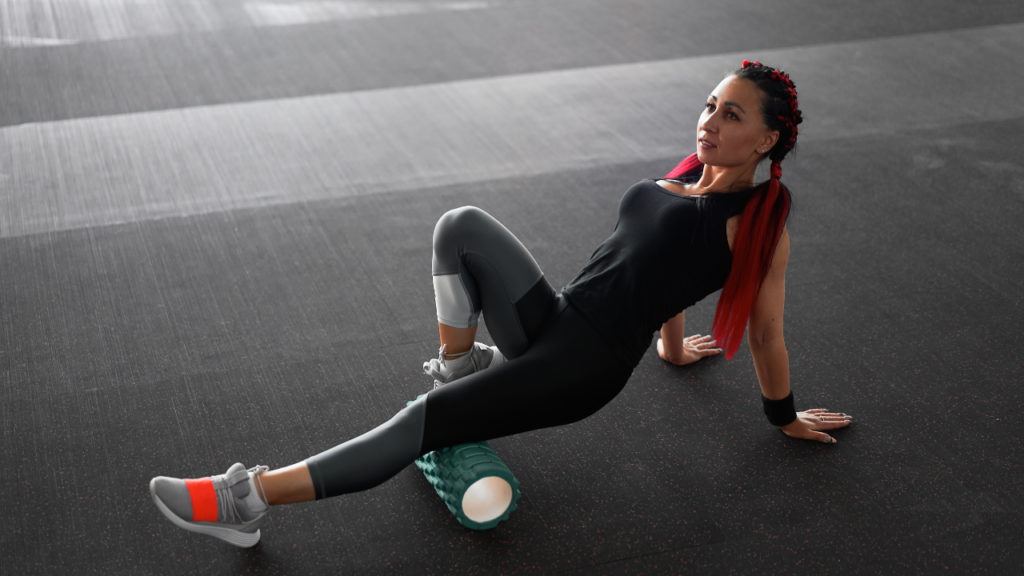
Foam rolling, also known as self-myofascial release, is a technique that use a foam roller to apply pressure to specific muscles and soft tissues in the body.
This practice provides various benefits after a workout. At first, foam rolling relieves muscle tension and pain by breaking up adhesions and knots in the fascia, which is the connective tissue that surrounding the muscles.
Foam rolling, by focusing on tight areas, can increase flexibility and range of motion, boosting overall movement quality and lowering injury risk.
Furthermore, foam rolling increases blood flow to the muscles, facilitating the delivery of oxygen and nutrients required for muscle repair and recovery.
Incorporating foam rolling into your post-workout regimen will help you recover faster, increase muscle function, and maintain your mobility and joint health.
9. Massage
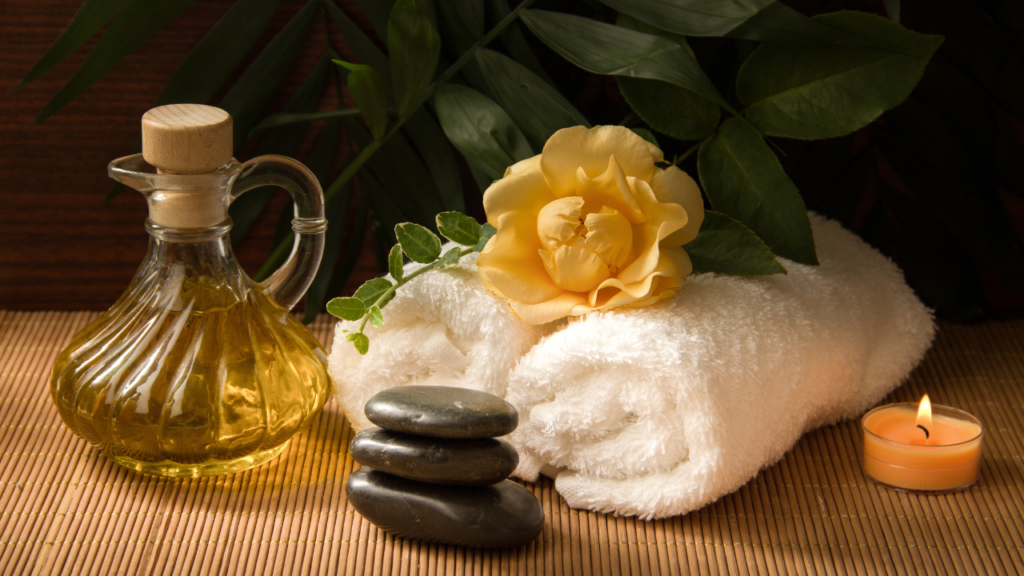
Massage therapy has several advantages for recovery after an exercise.
For starters, it relieves muscle tension and discomfort by improving blood flow to specific areas, which aids in the removal of metabolic waste products and lowers inflammation.
This can lead to faster recovery and less muscle stiffness.
Massage therapy also improves relaxation and reduces stress by causing the production of endorphins, the body’s natural painkillers, and lowering levels of stress hormones such as cortisol.
Improved relaxation can help with mental recovery, better sleep, and overall well-being.
Massage therapy can help you recover faster, improve muscular function, and promote long-term sports performance and wellness.
10. Sleep


